All-weather acoustics allows you to listen to music outside the room without fear of rain or snow. It can be used in parks, in outdoor concert venues, during various street events, etc. Such devices have a waterproof case, as well as protection against ultraviolet radiation, temperature extremes and other weather conditions. Today we will tell you what parameters you should pay attention to when choosing acoustics for the street.
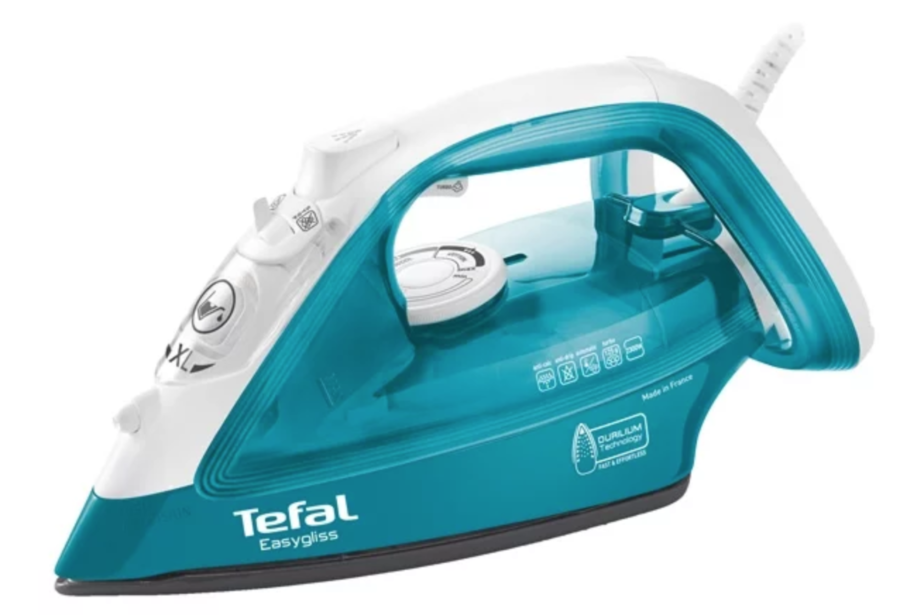
Content
Features
The main feature of such devices is the waterproofness of the shell. Any acoustics for a terrace or street must be certified according to the international standard IEC 60529, DIN 40050 or GOST 14254-96, depending on the manufacturer. All-weather devices are marked IP (Ingress Protection Rating) - these are classifications of the levels of protection of the equipment’s enclosure from moisture and other foreign substances. The larger the number that stands after the IP abbreviation, the better the device is protected.
For example, the IP54 waterproof rating is considered average. A five indicates that the casing of the street speaker is resistant to dust. In conventional devices, dust particles can easily cause overheating. Four means that the casing is protected from vertically falling drops of water, however, the column should not be immersed in water, because she may fail.
Types of weatherproof systems
Like other types of audio devices, all-weather speakers are divided into active and passive. The main difference between them lies in the quality of reproducible sound and the need to purchase additional components. Let's consider both types more specifically.
Active
Active speakers are equipped with built-in receivers. This makes them more versatile and saves on the purchase of a separate amplifier. Also, the receiver may be included in the design of the subwoofer. The advantages of active systems are that they have less saturation of intermodulation noise and a more advanced dynamic spectrum. You can get quite surround and high-quality sound with low power equipment.
It is worth noting the increased efficiency of transmitting audio signals between emitters that transform sound and the built-in receiver. This will allow you to react in time with a heavy load on the speaker and eliminate the problem.
However, such systems also have drawbacks: the sockets must necessarily be grounded, otherwise it will be dangerous to use equipment. Sound will not be good in the absence of a quality source. If you are going to connect speakers to a laptop or computer, it should have a fairly expensive sound card.
Benefits:
- no need to buy an amplifier;
- the sound is significantly better than passive acoustics;
- suitable for large areas;
- do not require high power equipment.
Disadvantages:
- most devices require grounding;
- You must use a high-performance sound source.
Passive
Unlike active speakers, passive devices are often not equipped with built-in amplifiers. However, they can be connected to a third-party receiver, if necessary. To be more precise, an amplifier in passive systems still exists, but it is not efficient enough and is not able to unleash the potential of equipment.
The more powerful the speakers, the better and more surround sound, unless, of course, you plan to use an external receiver. The most important thing is to ensure that the power of the amplifier coincides with the acoustics, otherwise it may fail from overvoltage.
The main advantage of passive models is that they can be used at home with equipment of any level.And if for active systems you need a powerful sound card, for passive ones it will be enough and weak.
Benefits:
- can be used at home;
- do not require grounding;
- cost significantly less than active systems;
- consume little electricity.
Disadvantages:
- have less high-quality sound than active devices;
- large passive speakers take up a lot of space in the apartment;
- often require an additional amplifier to unlock potential.
How to choose speakers for the street
Technical characteristics of all-weather devices are not too different from other types of acoustics. When choosing, it is worth considering power indicators, sound design, sensitivity, the presence of the necessary fixtures for installation, the type of system, dimensions and much more. Here are a few recommendations to help you get a durable and powerful device:
- Power. Most people think that the more powerful the acoustics, the louder the sound. But in fact, the power is solely responsible for the technical component of the device. The main thing is to choose an amplifier with the same power level as the speakers. So the technique will last longer and will not overheat.
- Sound design. There are two types of cases: bass reflex and closed. The phase inverter sounds better due to less resonance.
- Sensitivity. The volume of the reproduced sound directly depends on the sensitivity. Sensitivity from 88 dB is considered optimal performance. Everything below is too quiet.
- Mounts Along with all-weather speakers, fixtures necessary for installing the device on walls or roofs should be supplied. If you plan to move the device, there is no need for mounts.
- Active or passive. Active systems cost more than passive systems and require grounding of outlets. If you choose a device for home use, it is better to opt for passive speakers.
- Dimensions The larger the speakers, the larger the diameter of the emitters. Professional audiophiles are better off choosing large speakers, as they have better sound quality.
- The number of bands in acoustics. The more bars, the more detailed and cleaner the sound. Good systems have two to four playback bands.
Also, do not buy expensive speakers from little-known manufacturers, otherwise you will deprive yourself of a guarantee and good after-sales service. Be sure to make sure that your city has a customer support center.
Rating
There are many weatherproof speakers in the audio market, but not all of them are durable. We compared user reviews and ratings for different columns, and ranked the top 5 best devices. The list includes systems of both the budget and the middle price segment.
Sony GTK-XB60

- convenient to carry with you in the car and take to nature;
- completely wireless;
- simple connection and management;
- practical matte finish;
- high sound quality.
- Sounds bad indoors.
Musical universal speaker with two playback bands. It has a high output power of 150 watts, which allows you to maximize the potential of the emitters. Despite the tangible weight of 8 kg, the speaker is equipped with a capacious battery, which makes it a fully autonomous and independent device. Suitable for use at various outdoor events or at home.
JBL Xtreme
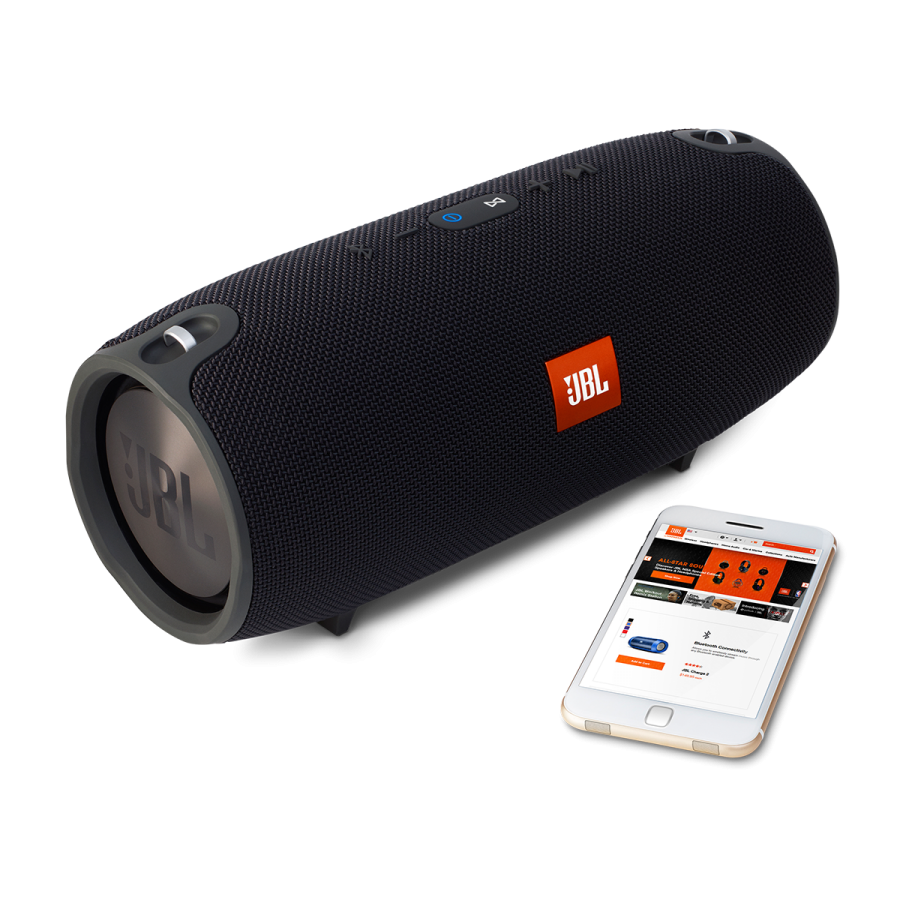
- high-quality and balanced sound;
- reliable assembly and bright design;
- can work in conjunction with other devices of the manufacturer;
- waterproof case.
- pairing takes a long time.
Portable audio system with a capacious lithium-polymer battery of 5000 mAh. Withstands up to 15 hours of active music playback. It has a JBL-connected function that allows you to connect to other speakers. A feature of the model is simultaneous pairing with several users at once. Suitable for lovers of an active lifestyle due to the presence of high-quality waterproof coating.
Marshall kilburn
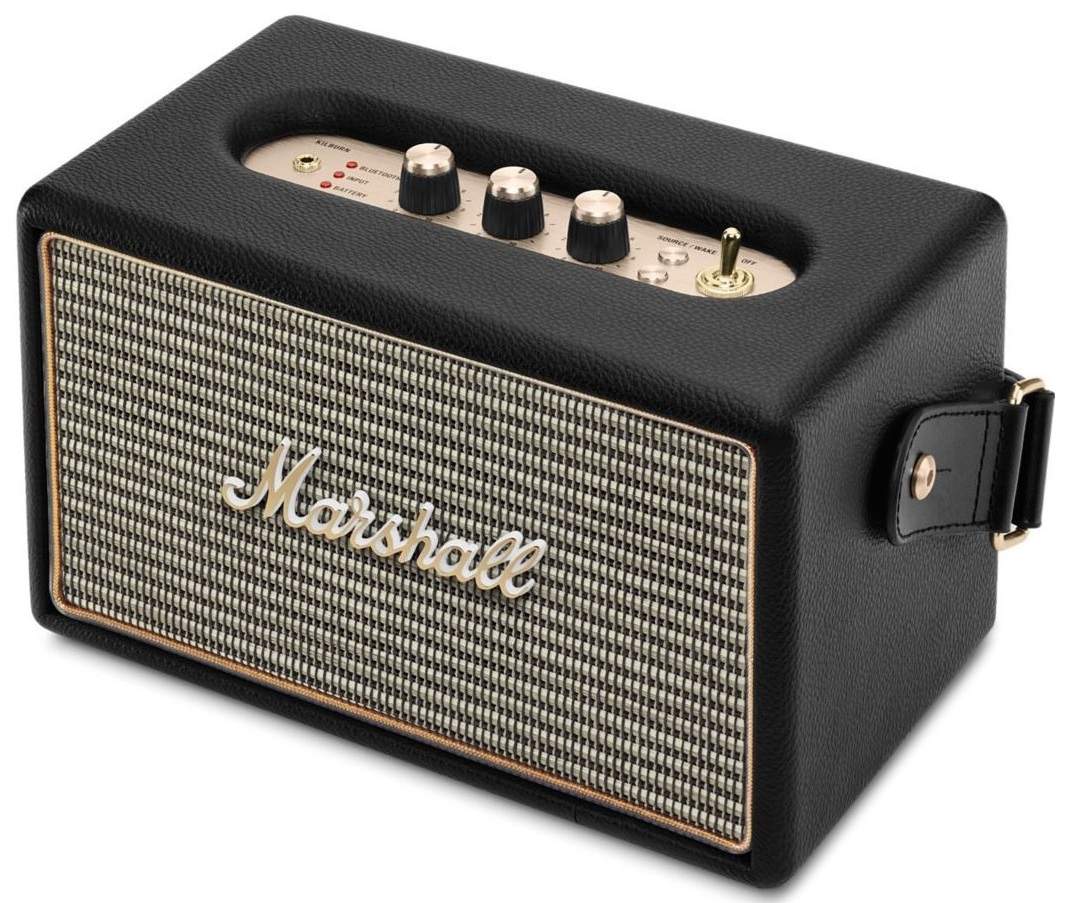
- excellent sound quality;
- original case design;
- the battery lasts all day.
- heavy body;
- not very convenient to carry.
The Kilburn is one of the first speakers in the Marshall line of speakers with its own battery. It has the loudest sound in the class of wireless devices. Feature of the model is the original design, reminiscent of an old guitar amplifier.
GZ electronics LoftSound GZ-44
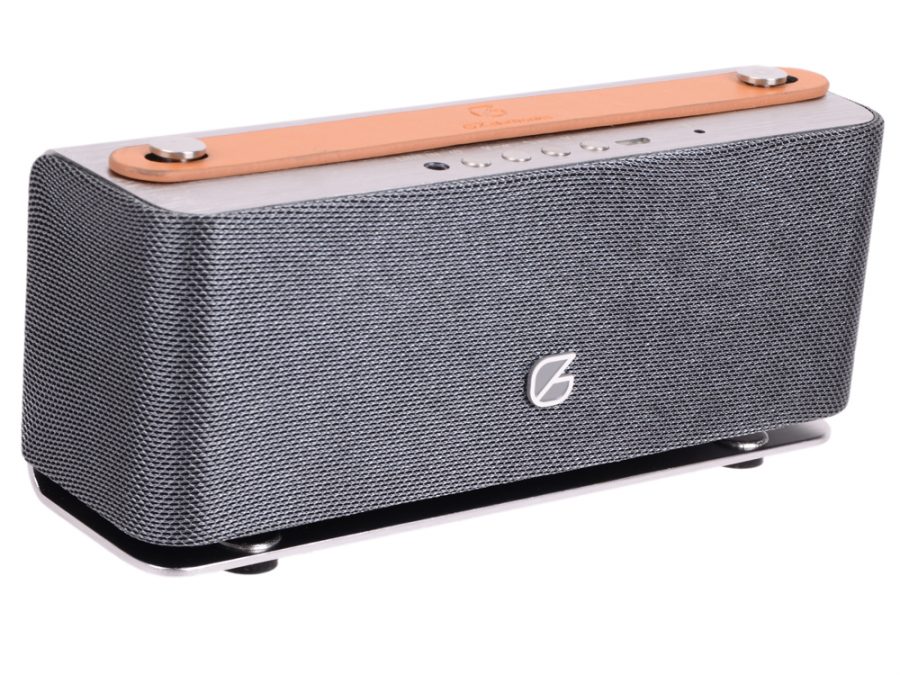
- concise design;
- light body;
- affordable cost.
- intrusive LED at the bottom of the case;
- weak bass.
Inexpensive speaker with battery. It has a maximum power of 6 watts, operates at a sensitivity of 50 dB and a frequency range of 40–19000 Hz. Suitable for users on a budget.
Philips BT6000
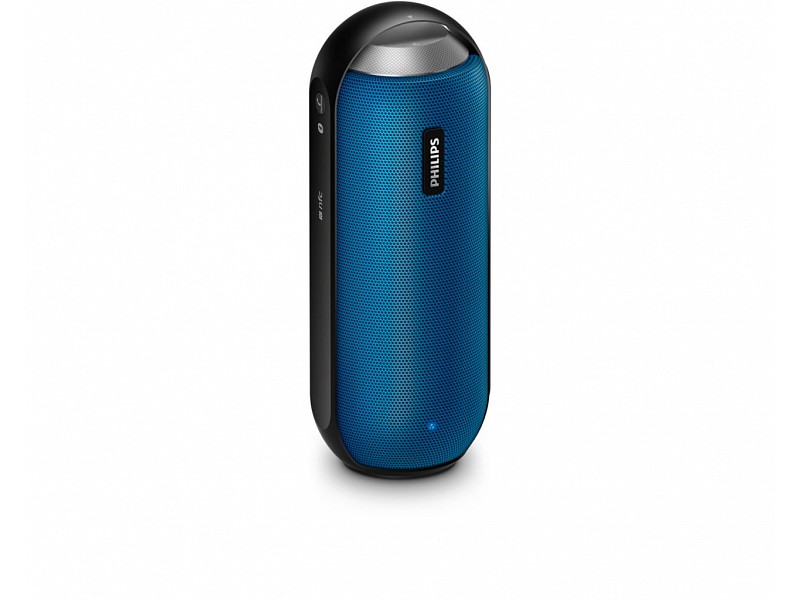
- excellent design and build quality;
- moisture resistance;
- high extreme sensitivity;
- long battery life.
- absolutely no bass.
Lightweight portable speaker from the budget segment. Great for watching movies and creating background music. It produces loud and high-quality sound, highlighting high and medium frequencies. The main advantage is a long battery life (8 hours of continuous playback).
To summarize
Before buying outdoor speakers, be sure to check the level of water resistance and dust protection. The device must be resistant to direct drops or splashes. For passive speakers, you may need a third-party amplifier, it is better to discuss this with the seller in advance. Even among the budget segment, you can find models with good sound potential.